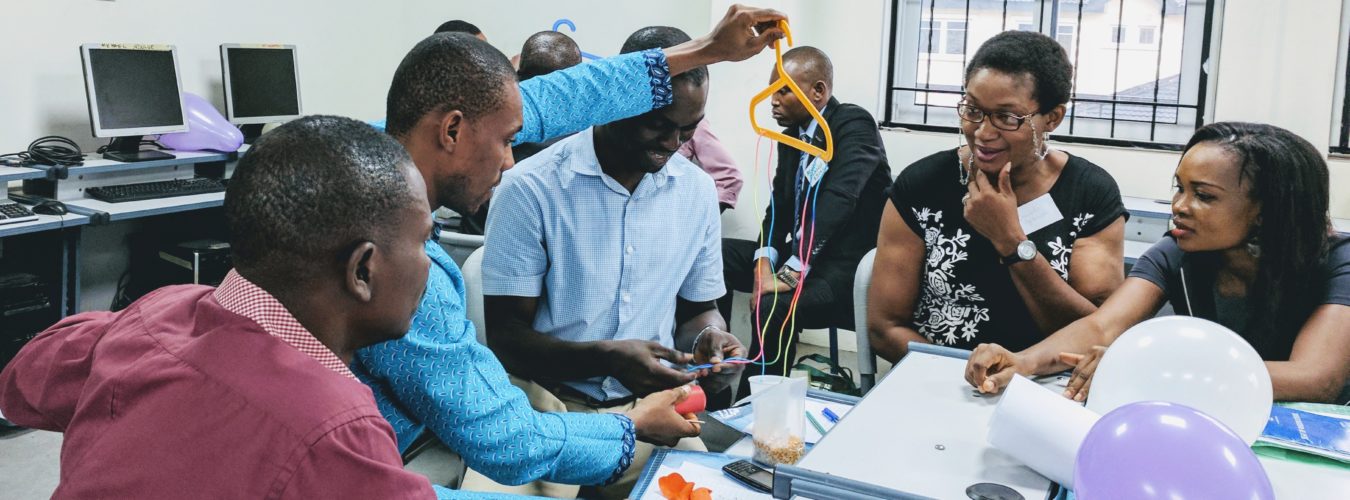Not so long ago, browsing the Internet, I ran into this. The stunning photos of girls at various ages, backgrounds and origins going to schools. Nigerian female students were also among them, alongside countries like Ethiopia, Syria, Pakistan or, on the other hand, the USA, France or the UK. Extraordinary photographs of beautiful girls, difficult to be glanced off. But what is the most important is the story behind the photos. We can observe those who are wading through lake waters, walking in burning sun or severe frost. Not rarely are they passing crumbling buildings and soldiers, armed to the teeth. None of the young students seems discouraged or unwilling. They keep going impassively, to get to school. All in all, the girls’ way to be allowed at schools was too long and bumpy to get discouraged so “easily”.
It was no sooner than in 17th century that the first woman earned a university degree (Juliana Morell, she was Spanish). Taking into account that the first university (University of Bologna) was established in 11th century, there is a huge, shameful gap in the history of higher education. Sadly, the discrepancies in male and female education are not only the matter of the past. And they start on a much more basic level. Currently there are about 61 million children who are not at school, being at primary school age. More than half of them (around 53%) are girls. It is estimated that worldwide 15 million girls and 10 million boys will likely never enter a classroom.
In one of Nigerian states, Benue, there are no less than 70% children that are out of school, also: mostly girls. But even regardless the factor of being a boy or a girl, the fact that so many children are deprived of the access to education is terrifying.
On the other hand, we constantly observe wonderful women who contribute to education to the extent beyond expectations. Such as Vicky Colbert, if I would refer to just one example here. Mrs Colbert is founder and director of Fundación Escuela Nueva– it develops a form of schooling that focuses on cooperative learning and cross-peer tutoring, being in favour of new learner-centred model, instead of the conventional, teacher-centred one. Colbert, by implementing her solutions, has managed to reach the tens of thousands of small rural schools scattered across her nation, with a great promise to improve the education of the hundreds of millions of disadvantaged children throughout the world. For her impressive, and for many life-changing, achievements she was awarded numerous prestigious prizes.

Thinking about all those women of education, those who we have met personally or those who we keep reading or watching about, we have one conclusion. They are just as persistent in what they do as those girls, wading through the mud to get to school.
We aim at co-creating those community of brave women of education. We do believe that women have the power to change the world! So we try to do it, step by step. We place our own brick on the education masonry, as we care about providing the best quality of teaching and learning. To women too, yes, but not only. We believe that the whole young generation possesses a great potential to push things forward, to transform, to make the world a better place. Therefore, let’s all try not to disappoint them. As it is often not enough that they just go to school. Let’s make this place provide them with skills that will truly prepare them to live in the 21st century; to live not meant as to survive- but to develop and be successful lifelong.
If you want to know more about “the brick” we place- our teacher training in 21st century skills, go here.


It?s hard to come by knowledgeable people on this subject, however, you
I’m quite certain I’ll learn lots of new stuff right
I’m quite certain I’ll learn lots of new stuff right